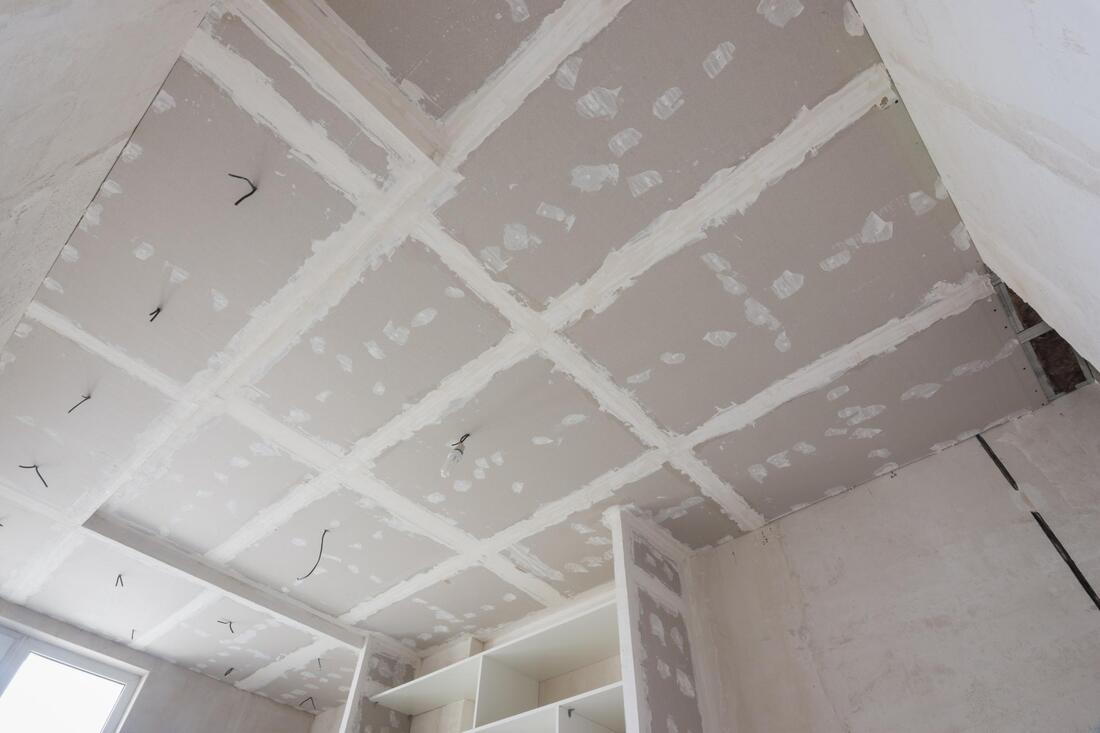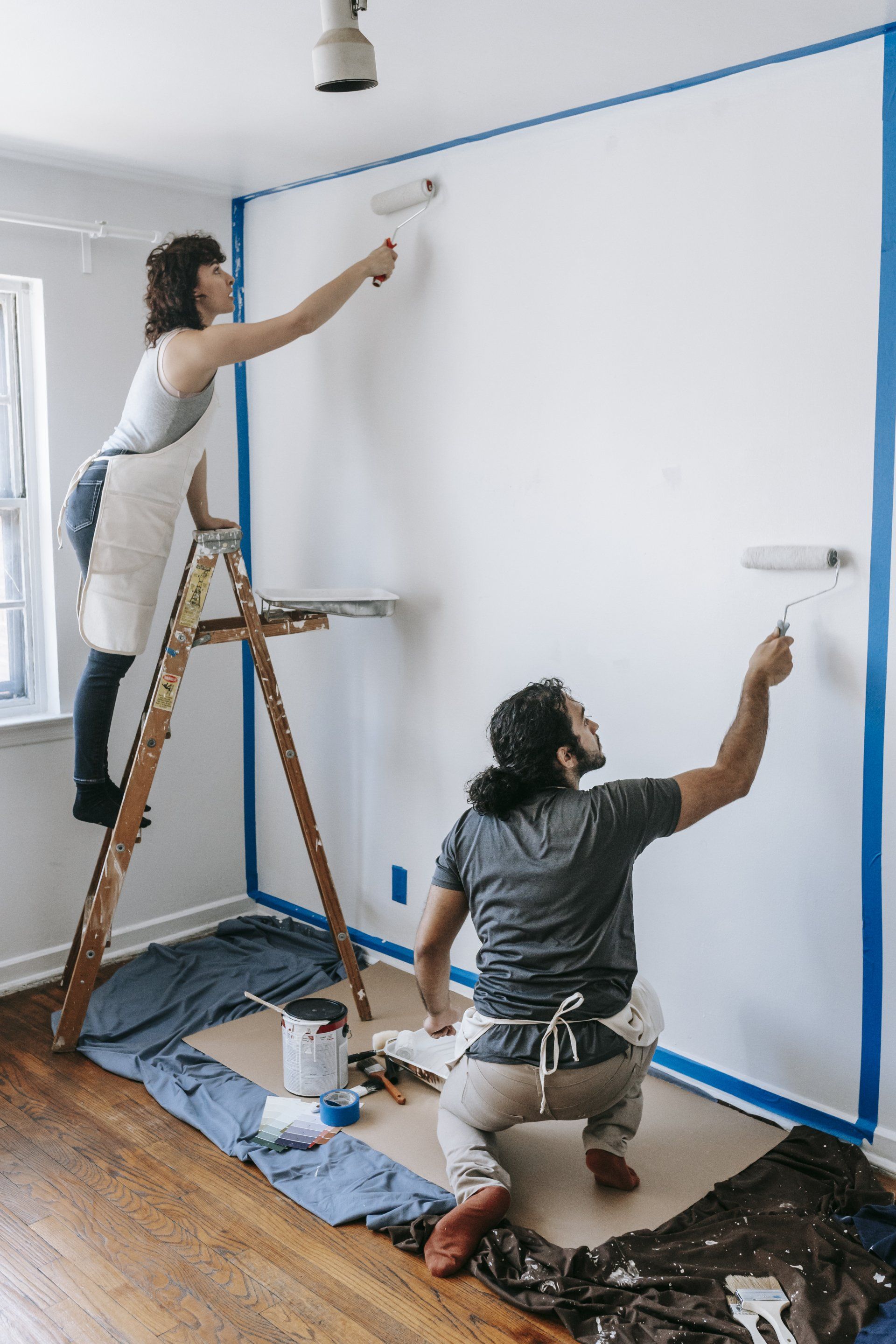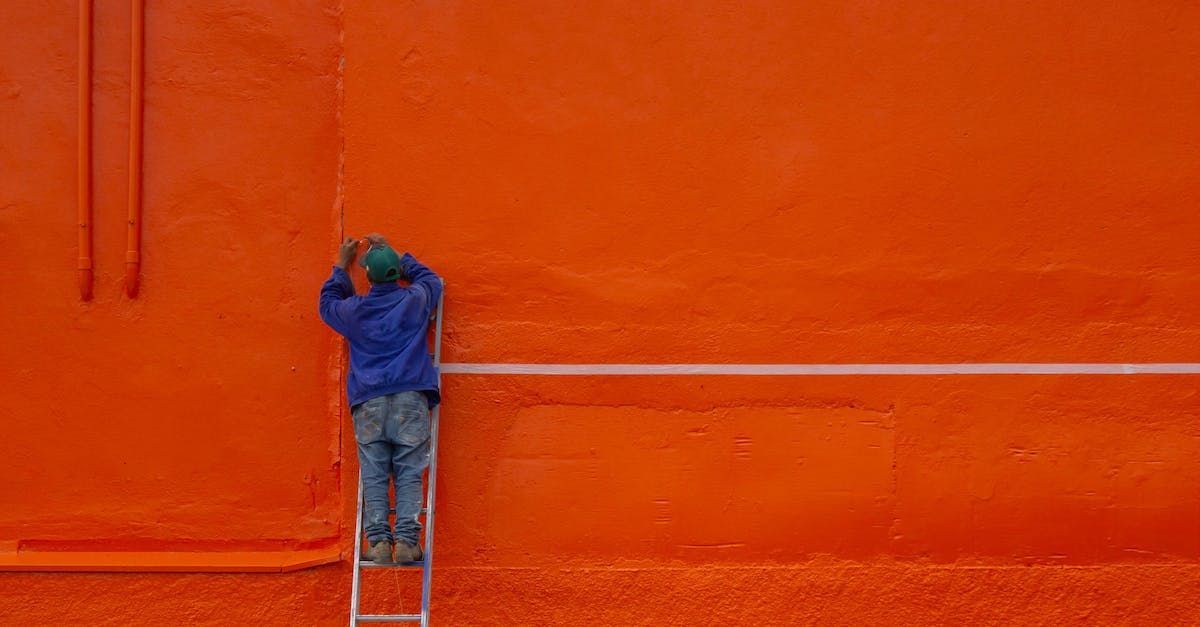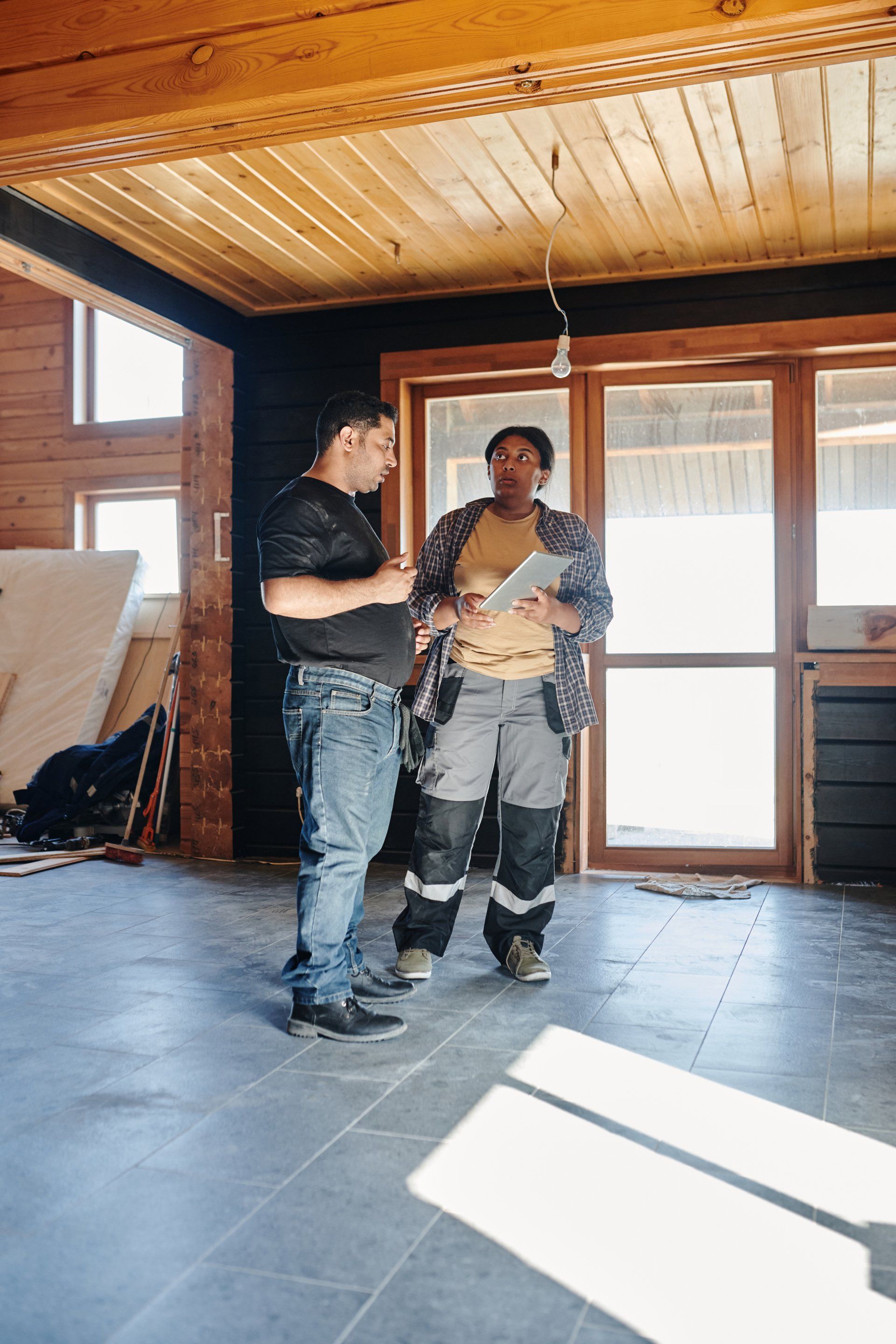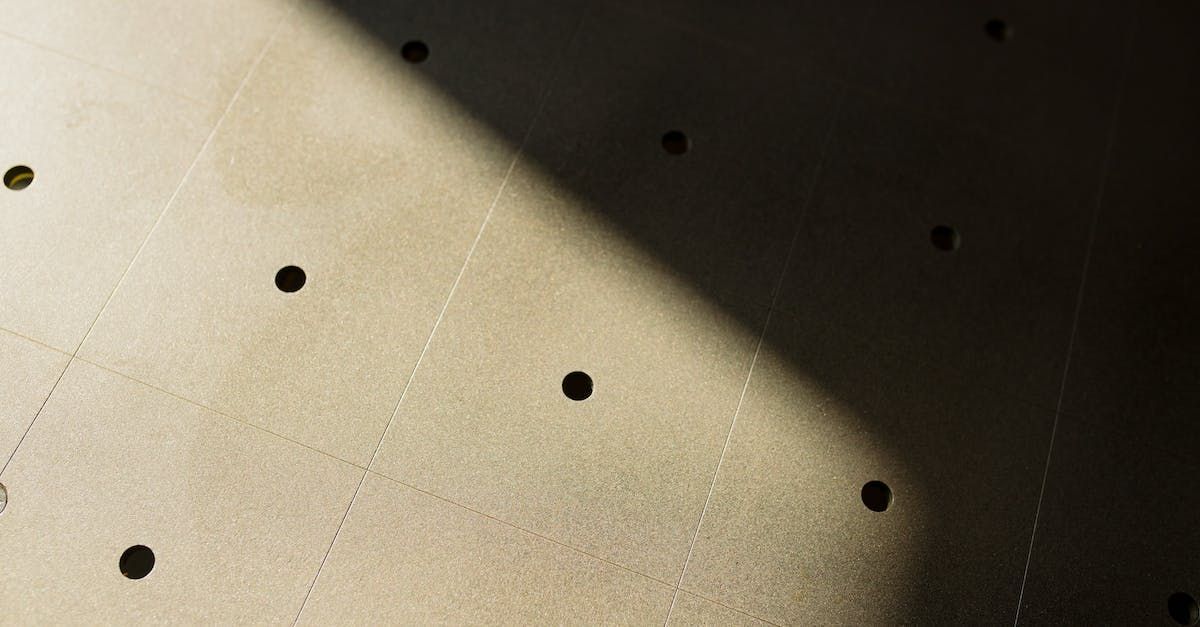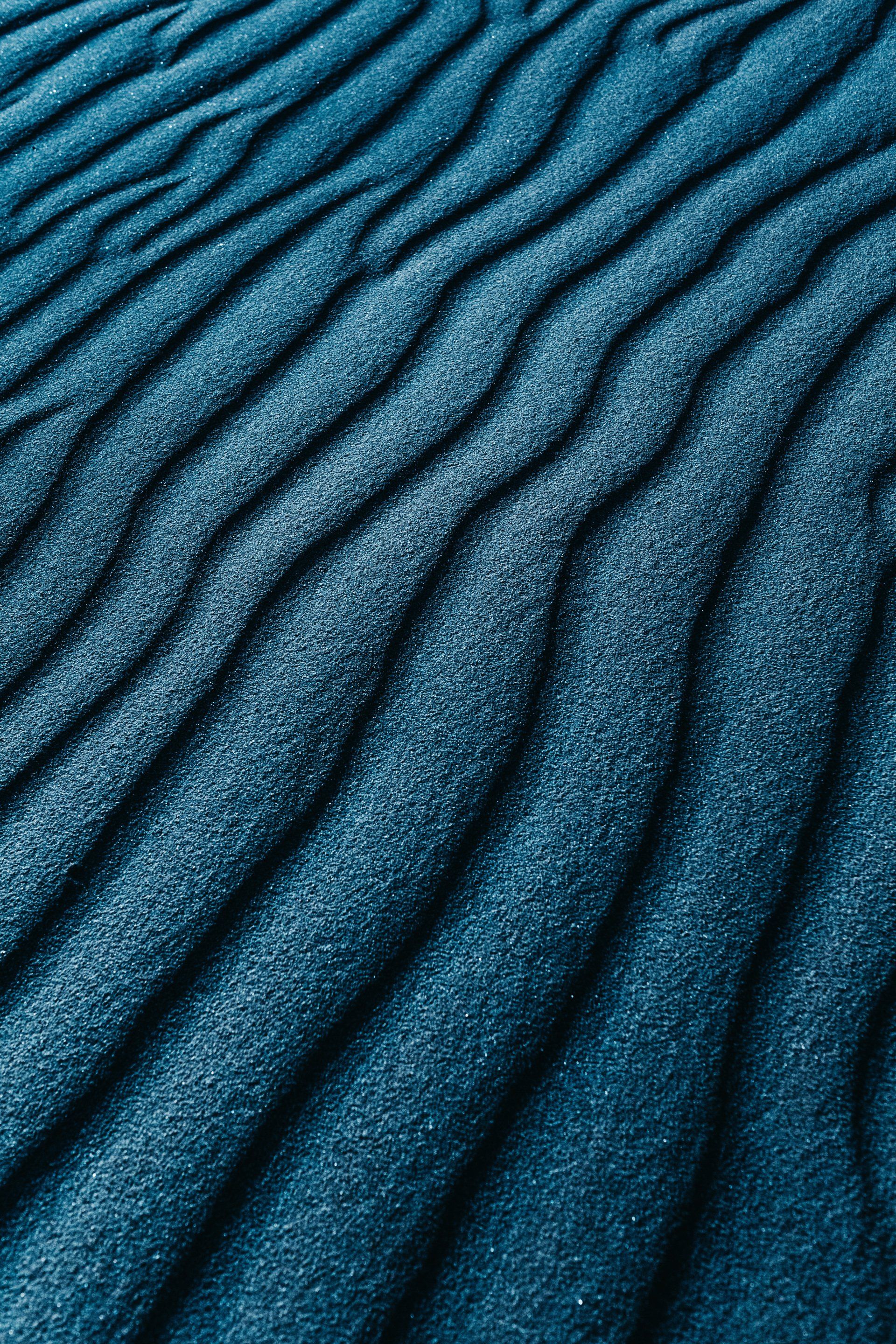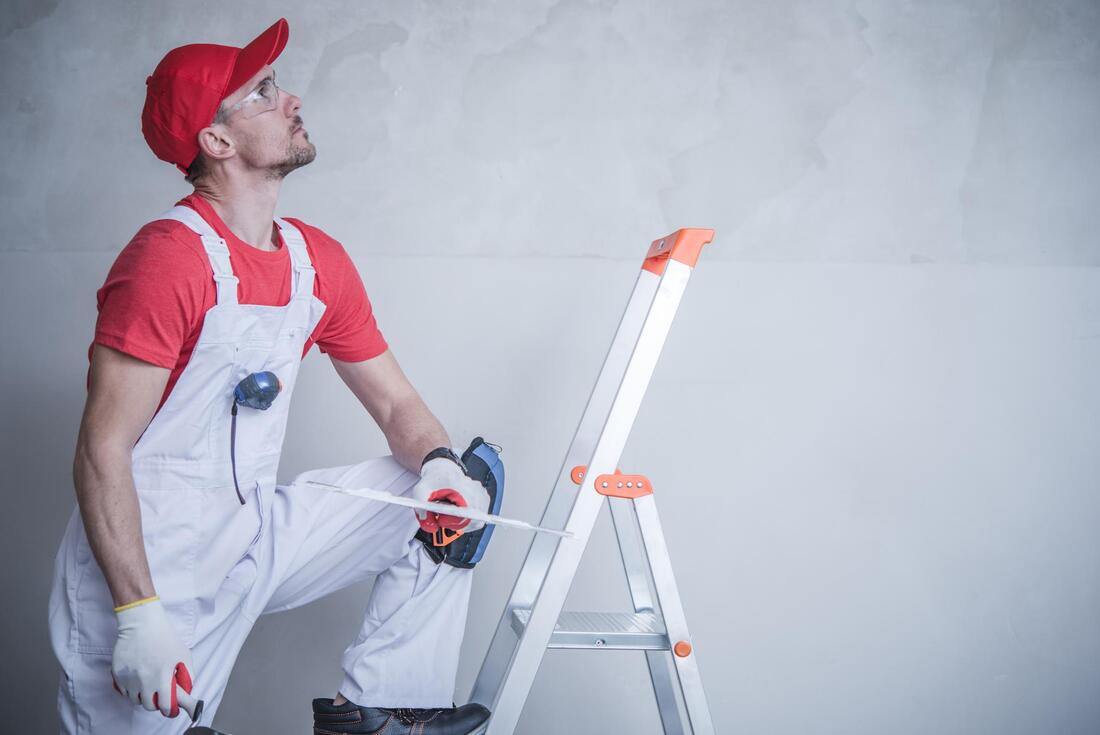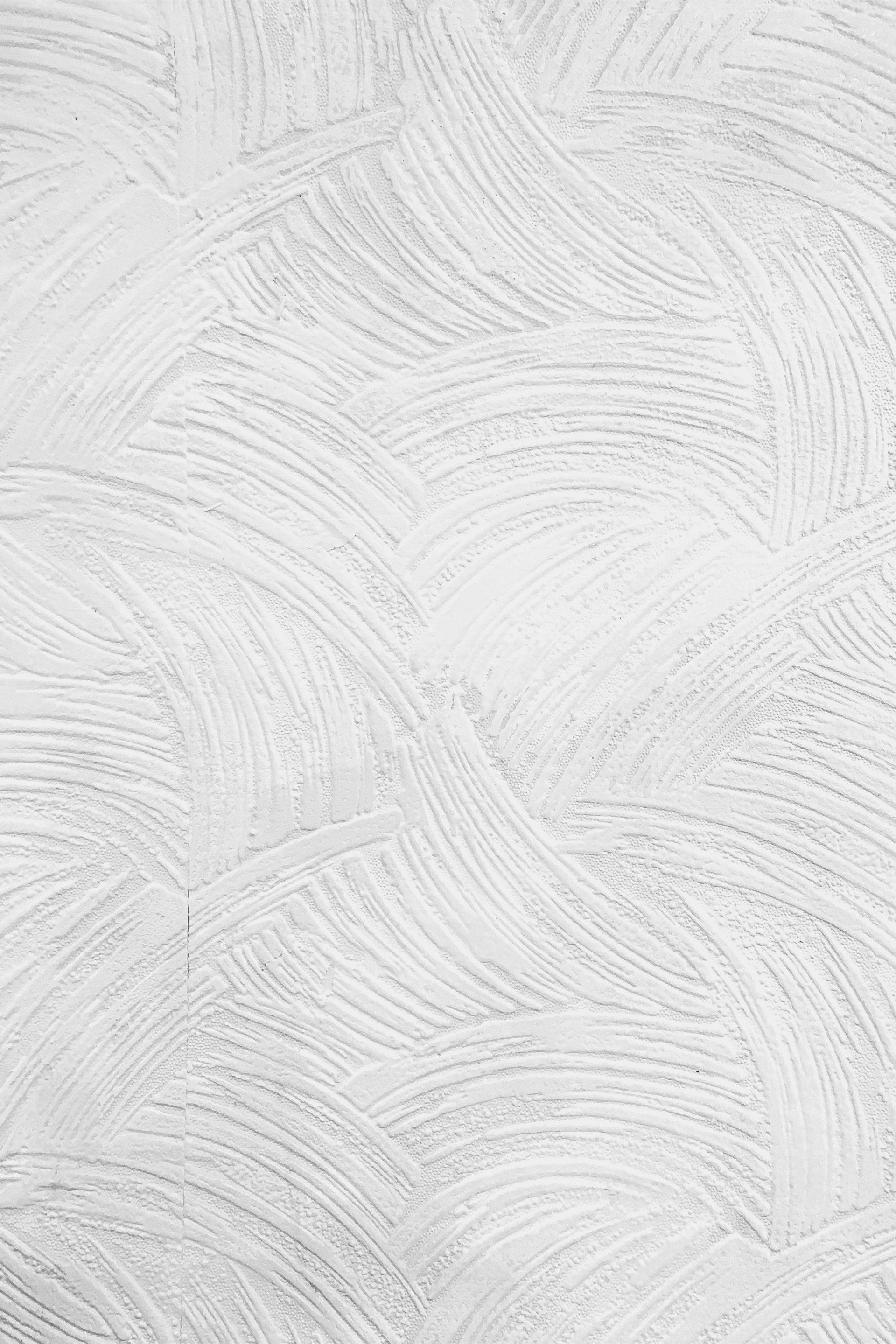
Dealing with Ceiling Water Damage: Causes and Effective Repairs
Ceiling water damage is a homeowner's nightmare that can turn your peaceful abode into a stressful and costly ordeal. Whether it's a small, discolored spot or a large, sagging section, water damage on your ceiling should not be ignored. We'll explore the causes of ceiling water damage and provide insights on how to repair it, including finding expert "ceiling water damage repair near me" services.
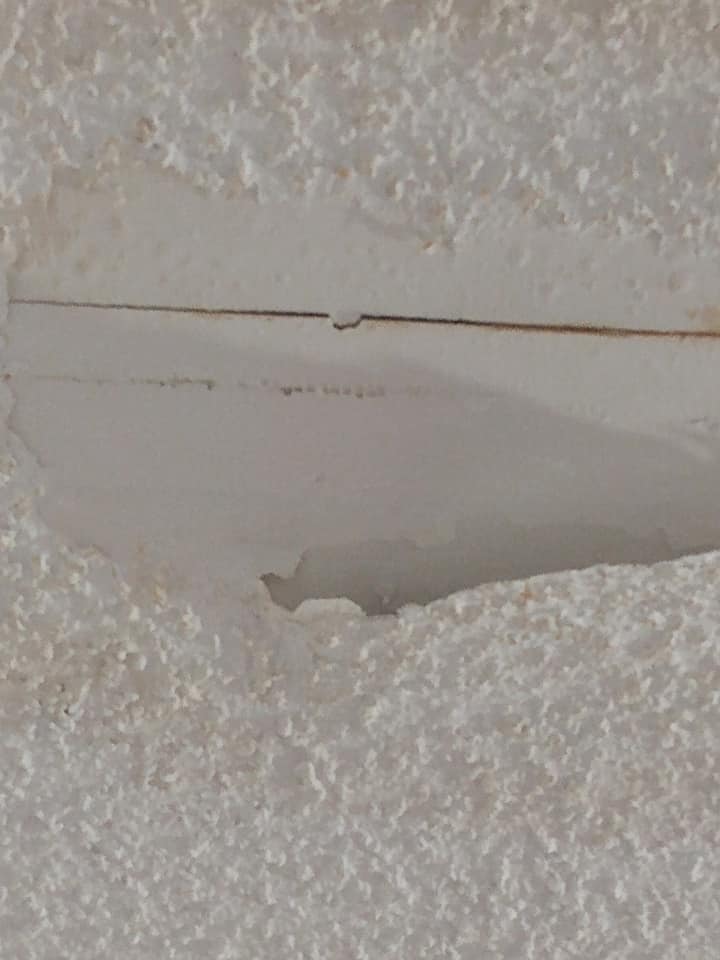
Understanding Ceiling Water Damage
Ceiling Water Damage:
Ceiling water damage refers to any harm inflicted upon your ceiling as a result of water infiltration. This damage can manifest in various forms, from mild stains and peeling paint to more severe issues like sagging and structural damage.
Popcorn Ceiling Water Damage:
Popcorn ceilings, known for their textured appearance, are particularly susceptible to water damage. Water can seep into the texture, causing it to become discolored and eventually deteriorate.
Common Causes of Ceiling Water Damage
Leaking Roof: A damaged or improperly maintained roof can allow rainwater to seep through and accumulate in your ceiling.
Plumbing Issues:
Burst pipes, leaky plumbing fixtures, or damaged seals can lead to water leakage within your home's structure.
Condensation: High humidity levels and poor ventilation can cause condensation to form on the ceiling, leading to water damage over time.
Appliance Leaks: Malfunctioning appliances, such as water heaters or air conditioning units, can leak and damage the ceiling below.
Exterior Damage: Cracks in your home's exterior or poorly sealed windows and doors can allow rainwater to infiltrate and damage your ceiling.
Identifying Ceiling Water Damage
Detecting ceiling water damage early is crucial to preventing extensive repairs. Here's how to identify potential issues:
Discoloration: Water stains or yellowish-brown spots on the ceiling are clear signs of water damage.
Sagging:
A sagging or drooping ceiling is a serious indication of prolonged water damage, and immediate attention is necessary.
Peeling Paint or Wallpaper: When water infiltrates the ceiling, it can cause the paint or wallpaper to peel away from the surface.
Mold and Mildew: The presence of mold or mildew on the ceiling is a sure sign of moisture infiltration.
Repairing Ceiling Water Damage
Repair Popcorn Ceiling Water Damage:
When dealing with popcorn ceiling water damage, the first step is to identify and address the source of the water infiltration. Once the issue is resolved, you can start the repair process. Here's how to repair popcorn ceiling water damage:
Safety First:
Ensure safety by turning off electricity to the affected area and wearing protective gear, such as goggles and a mask.
Remove Damaged Texture: Carefully remove the damaged popcorn texture by scraping it away. Be cautious not to damage the underlying drywall.
Repair Drywall: Examine the condition of the underlying drywall. If it's severely damaged, you may need to cut out the affected area and replace it with new drywall.
Apply New Texture:
Once the drywall is repaired and dry, apply a new popcorn texture to match the rest of the ceiling. You can use a spray-on texture or hire a professional for this task.
Paint or Seal: After the texture is dry and matches the existing ceiling, paint or seal the entire ceiling to create a uniform appearance.
Repair Textured Ceiling Water Damage:
The process for repairing textured ceiling water damage is similar to that of popcorn ceilings. However, you'll need to match the specific texture pattern. It's often best to consult a professional for this task, as replicating the texture precisely can be challenging.
Seeking Professional Help
For more extensive ceiling water damage or if you're uncertain about your repair skills, it's advisable to seek professional assistance. You can easily find "ceiling water damage repair near me" by conducting an online search or asking for recommendations from neighbors and friends. Hiring a qualified contractor ensures that the repairs are done correctly and that the underlying issue is addressed.
Preventing Ceiling Water Damage
Prevention is always better than cure when it comes to ceiling water damage. Here are some preventive measures to consider:
Regular Roof Maintenance:
Ensure your roof is regularly inspected and maintained to prevent leaks.
Plumbing Checks:
Regularly inspect your plumbing for leaks or damage, and promptly address any issues.
Proper Ventilation:
Ensure your home is adequately ventilated to prevent condensation buildup.
Seal Windows and Doors: Properly seal windows and doors to prevent rainwater infiltration.
Appliance Maintenance: Maintain your appliances to prevent leaks and malfunctions.
Conclusion
Ceiling water damage is a common and concerning issue that homeowners may face. Whether you're dealing with popcorn ceiling water damage or damage to a textured ceiling, addressing the problem promptly is crucial to prevent further deterioration. Identifying the source of the water infiltration and taking preventive measures can save you time and money in the long run. For extensive repairs or if you're unsure about tackling the issue yourself, don't hesitate to seek professional "ceiling water damage repair near me" services. Remember that swift action is key to preserving the structural integrity and aesthetics of your home.
Business Hours
Mon - Sun
7am - 7pm pst
©Sacramento Drywall Contractor Pros
